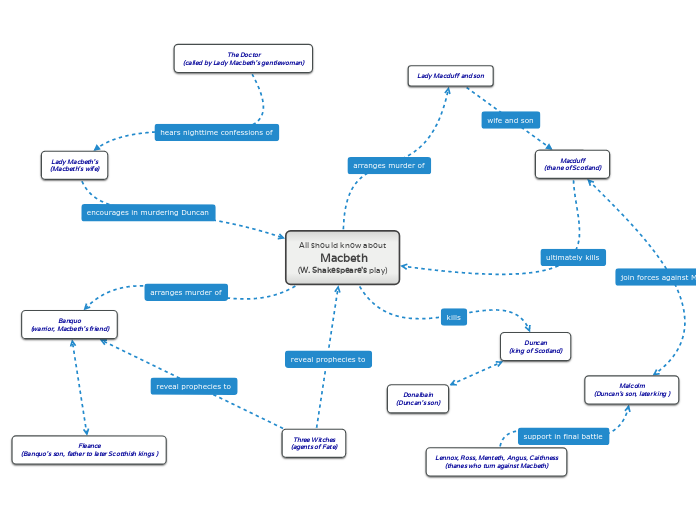We often hear the term "open source" quite liberally when we hear or read about open source software for Windows. But really, what makes a piece of software really open source? Well, I went to their website and downloaded the full version of the software for free AND legally. It's open source, right? Not quite! There are ten guidelines that software must follow to be truly open source.
Firstly, redistribution is free, this guideline ensures that anyone, anywhere, can give away or sell pieces of software without having to pay royalties to the software creator.
Next, the source code of the software in question should be easily available to the public, so other developers have the option to modify the program and change it enormously to meet their needs or those of the public. Furthermore, the fourth guideline states that the work derived from changing the original source code can also be freely distributed.

The open source community is, in essence, just that, a community! The exchange of ideas and software between people from all over the world makes it a truly interesting community to be a part of. That is why the fifth guideline states that open source software must not discriminate against any person or group of people. Furthermore, the sixth guideline expands this idea by stating that the software should not restrict the use of any specific field or effort. mindomo.com
The following guideline deals with the distribution of the software to different types of users. The software, regardless of who uses it, must have the same licenses attached. For example, a business environment would not be required to use more licenses than a single or multiple home user.
The eighth guideline states that software must not be specific to a product. This simply means that no matter how you get the software (pre-installed on a Linux distribution, from the creators website, from a secondary website), the software cannot be restricted or not completed; All sources can offer the complete and appropriate version of the software.
The software should then not impose restrictions on other sources and pieces of software. An example would be that the software cannot indicate that it can only be used with other pieces of software made by the same developer.
Finally, the latest guideline states that to be truly open source, software must never be technology neutral. Most of the time we see technological constraints through which operating systems a piece of software can be developed.
No comments:
Post a Comment